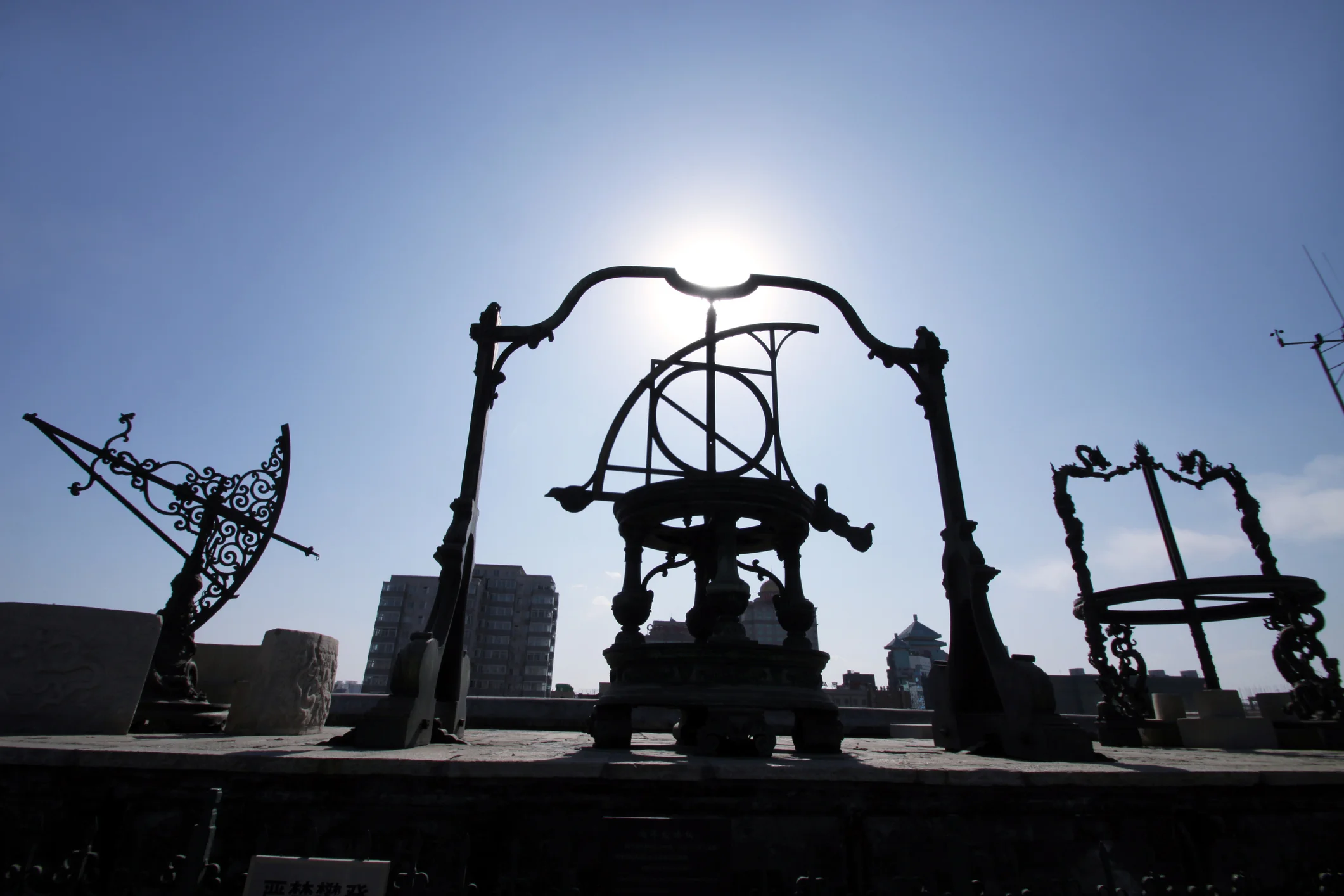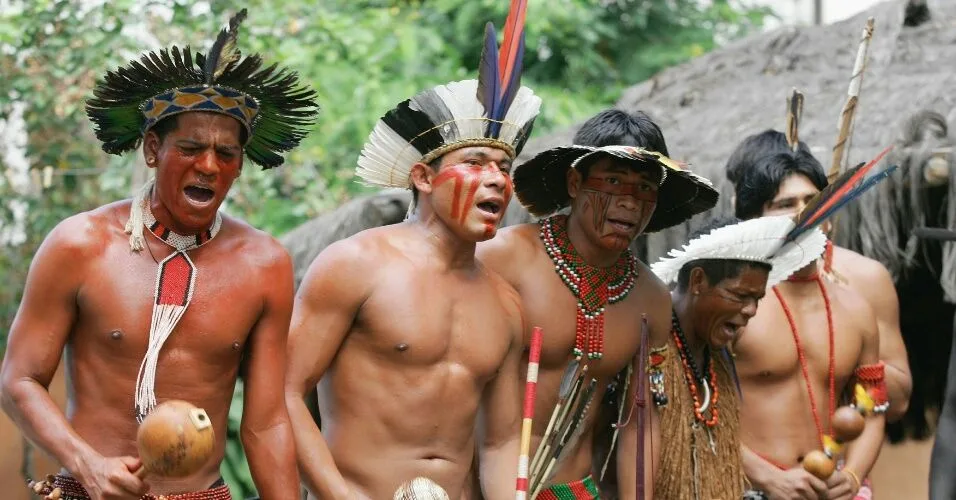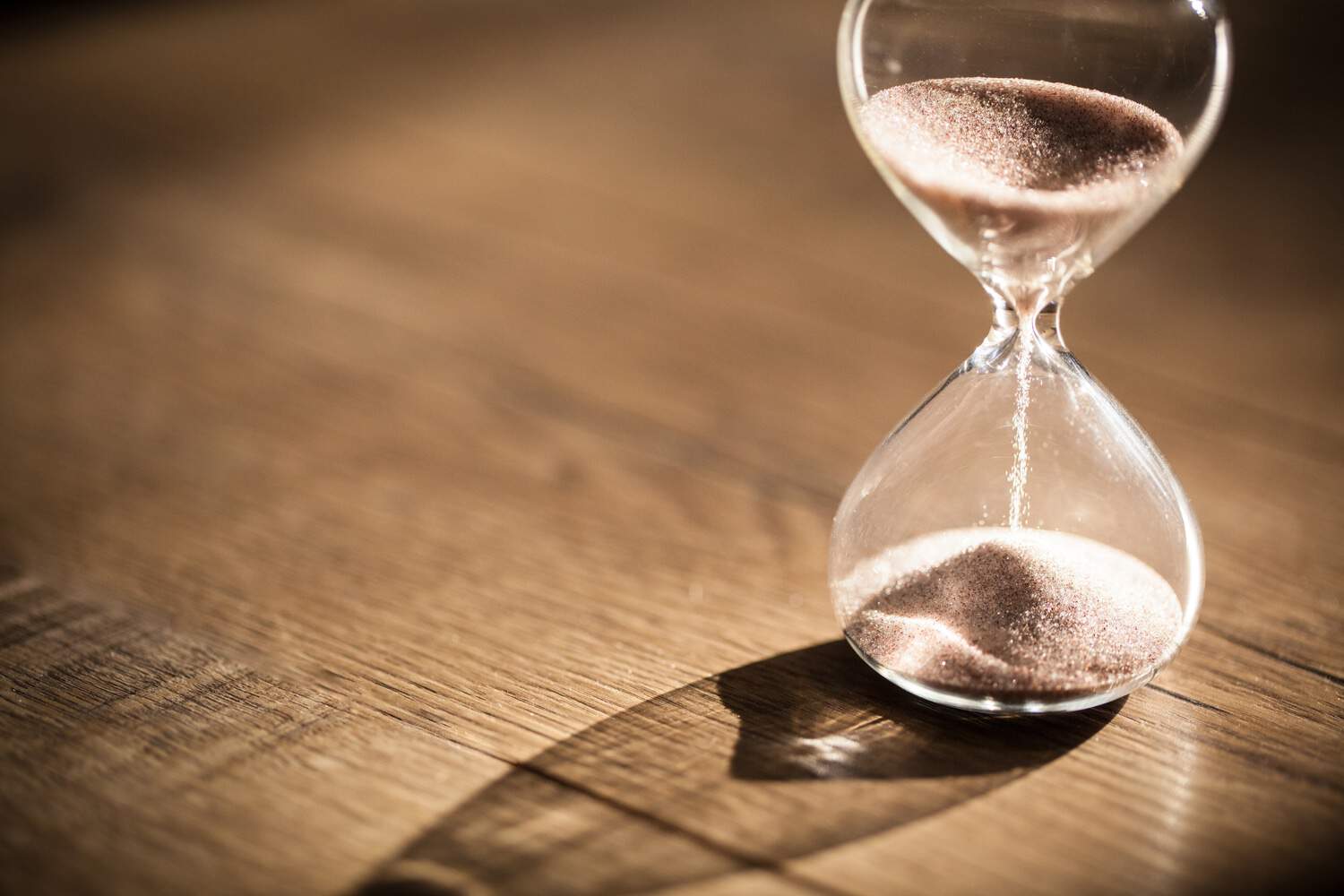Throughout human history, stories of mysterious doorways connecting different times and places have captivated our collective imagination. These temporal gates, appearing in myths, legends, and folklore across cultures, represent humanity’s eternal fascination with transcending the boundaries of time itself.
From ancient Celtic stone circles to Japanese folklore’s time-bending shrines, temporal portals have served as powerful metaphors for transformation, destiny, and the interconnectedness of past, present, and future. These enigmatic passages challenge our understanding of reality and invite us to explore the possibility that time may be far more fluid than we typically perceive.
🌀 The Ancient Origins of Time Portal Mythology
The concept of temporal gates stretches back to humanity’s earliest civilizations. Ancient Sumerian texts reference mysterious doorways between worlds, while Egyptian mythology speaks of passages connecting the realm of the living with the eternal domains of gods and ancestors. These weren’t merely spatial transitions but journeys through the very fabric of time itself.
Celtic traditions offer perhaps the most vivid examples of temporal portal mythology. The Sidhe mounds of Ireland were believed to be entrances to Tír na nÓg, the Land of Eternal Youth, where time moved differently than in the mortal world. Warriors and heroes who entered these mystical hills might spend what felt like a single night feasting, only to emerge decades or even centuries later, finding their entire world transformed.
Similar concepts appear in Norse mythology with the Bifrost, the rainbow bridge connecting Midgard to Asgard. While often described as a spatial passage, ancient texts suggest it also represented a temporal threshold where the linear progression of mortal time gave way to the eternal present of the divine realms.
Eastern Perspectives on Temporal Doorways 🏯
Asian cultures have equally rich traditions surrounding temporal gates. Japanese folklore features numerous stories of time-slip experiences, particularly associated with sacred spaces and Shinto shrines. The famous tale of Urashima Tarō perfectly illustrates this concept: a fisherman visits an underwater palace for what seems like three days, only to return home and discover 300 years have passed.
Chinese mythology speaks of mountain caves and hidden grottos where immortals dwell in realms where time operates according to entirely different principles. The story of the cave of Lanke Mountain describes a woodcutter who watches a game of Go played by immortals, only to find upon leaving that the handle of his axe has rotted away and generations have passed.
Buddhist philosophy adds another dimension to these concepts, viewing temporal experience itself as an illusion. Certain meditation practices are said to allow practitioners to access states of consciousness where past, present, and future coexist simultaneously—a form of internal temporal gate accessible through spiritual discipline rather than physical passage.
Sacred Sites and Temporal Anomalies 🗿
Throughout the world, specific locations have gained reputations as potential temporal gateways. These sites often share common characteristics: ancient construction, astronomical alignments, unusual electromagnetic properties, or long histories of reported anomalous experiences.
Stonehenge remains one of the most famous such locations. Beyond its confirmed function as an astronomical calendar, numerous legends associate the ancient monument with time distortions and otherworldly passages. Local folklore recounts stories of people disappearing near the stones only to reappear confused about the passage of time, or not reappearing at all.
The Bermuda Triangle, while more commonly associated with spatial disappearances, features numerous reports of temporal anomalies. Pilots and sailors have described experiencing sudden fog banks from which they emerge to find their clocks showing impossible times, or arriving at destinations far sooner than the journey should have allowed.
Notable Locations Associated with Temporal Phenomena
- The Rollright Stones in Oxfordshire, England, linked to time distortion experiences
- Mount Shasta in California, considered a portal site in Native American and New Age traditions
- The Devil’s Sea near Japan, featuring reports similar to the Bermuda Triangle
- Sedona’s vortex sites in Arizona, where visitors report altered time perception
- Peru’s Puerta de Hayu Marca, the “Gateway of the Gods,” carved into solid rock
The Science Fiction Evolution of Temporal Gates 🚀
The concept of temporal portals underwent dramatic transformation with the emergence of science fiction literature. H.G. Wells’s “The Time Machine” revolutionized how we imagined time travel, introducing the concept of a mechanical device rather than mystical portal. However, the idea of naturally occurring temporal doorways persisted and evolved alongside technological theories.
Modern science fiction has explored temporal gates through various frameworks. Wormholes, predicted by Einstein’s general relativity equations, provide a scientifically plausible mechanism for connections between different points in spacetime. These theoretical constructs function essentially as natural temporal portals, though none have been observed or proven to exist.
The Stargate franchise popularized the concept of ancient advanced civilizations creating artificial portal networks connecting different worlds and times. This narrative merged archaeological mystery with temporal speculation, suggesting that myths of magical doorways might actually represent misunderstood ancient technology.
Quantum Physics and the Possibility of Temporal Doorways ⚛️
Contemporary physics has introduced concepts that make temporal anomalies seem less impossible than previously imagined. Quantum mechanics reveals a universe far stranger than classical physics suggested, where particles exist in multiple states simultaneously and can be “entangled” across vast distances, affecting each other instantaneously.
The Wheeler-DeWitt equation in quantum cosmology suggests that time itself might be an emergent property rather than a fundamental aspect of reality. If time is not as absolute as Newton believed, then the concept of passages through or around it becomes theoretically more plausible, even if practically unattainable with current technology.
String theory and M-theory propose additional dimensions beyond the four we commonly experience. These extra dimensions could potentially contain shortcuts through spacetime, creating natural “bridges” that would function as temporal gates if accessed correctly. While highly speculative, these theories provide mathematical frameworks that don’t completely rule out such possibilities.
Psychological and Consciousness Perspectives 🧠
Not all approaches to temporal gates require physical doorways. Psychological and consciousness-based theories suggest that temporal experiences might be accessed through altered states of awareness rather than spatial movement. This perspective bridges scientific and mystical traditions in fascinating ways.
Certain neurological conditions produce experiences of temporal distortion. Temporal lobe epilepsy can create vivid sensations of reliving past events or experiencing precognitive visions. While medical science understands these as brain malfunctions, some researchers wonder whether they might occasionally provide genuine access to non-linear temporal information.
Lucid dreaming and deep meditative states offer experiences where time seems to operate differently. Practitioners report dreams lasting hours or days of subjective experience compressed into minutes of clock time. Could these states represent a form of consciousness-based temporal gate, accessing realms where time follows different rules?
Temporal Experiences in Altered States
- Near-death experiences featuring life reviews where decades pass in moments
- Psychedelic experiences producing time dilation or temporal displacement sensations
- Deep meditation states where hours pass as minutes or vice versa
- Déjà vu experiences suggesting overlapping temporal streams
- Hypnotic regression accessing memories with unusual temporal clarity
Cultural Variations in Temporal Portal Mythology 🌍
While temporal gate concepts appear globally, different cultures have developed unique perspectives on their nature and purpose. These variations reveal how cultural values and cosmological beliefs shape our understanding of time and its potential manipulation.
Indigenous Australian traditions speak of the Dreamtime, a dimension existing parallel to ordinary reality where ancestral beings created the world and continue to influence it. Access to Dreamtime through sacred sites and rituals represents a form of temporal gate, connecting present Aboriginal people with timeless creative forces.
Native American traditions include numerous stories of time portals, often associated with specific geographical features like caves, mountains, or bodies of water. These passages frequently serve as connections to spirit worlds where ancestors dwell and where future visions can be obtained—effectively portals allowing temporal sight if not physical time travel.
African folklore features stories of temporal displacement, particularly associated with encounters with spirits or magical beings. The Yoruba concept of spiritual realms existing alongside physical reality suggests permeable boundaries where time may function differently, accessible through ritual knowledge and spiritual preparation.
Modern Encounters and Unexplained Phenomena ⏰
The digital age hasn’t diminished reports of temporal anomalies; if anything, it has amplified them through instant global communication. Modern accounts of potential temporal experiences continue accumulating, often featuring commonalities with ancient legends despite the contemporary settings.
Time slip experiences represent one of the most commonly reported modern temporal phenomena. Witnesses describe suddenly finding themselves in environments from the past, complete with period-appropriate clothing, vehicles, and architecture, before abruptly returning to the present. The famous Moberly-Jourdain incident of 1901, where two Oxford academics claimed to experience Versailles as it appeared in Marie Antoinette’s time, set a template for countless similar reports.
Missing time experiences, particularly associated with UFO encounters, suggest involuntary passage through temporal discontinuities. Experiencers describe “losing” hours with no memory of where they went or what occurred, occasionally recovering fragmented memories of impossible events through hypnotic regression.
The Symbolic Power of Temporal Portals 🎭
Beyond potential physical reality, temporal gates carry profound symbolic meaning. They represent transformation, the possibility of second chances, and humanity’s desire to escape the tyranny of linear time. Understanding their psychological and archetypal significance helps explain their persistent appeal across cultures and centuries.
In narrative terms, temporal portals function as ultimate plot devices for exploring consequences, regrets, and possibilities. They allow characters—and by extension, readers and audiences—to confront the past, glimpse potential futures, or escape oppressive presents. This narrative power reflects deeper human longings to transcend temporal limitations.
Psychologically, temporal gate mythology may express our struggle with mortality and impermanence. If passages through time exist, death becomes less absolute, lost opportunities might be recovered, and mistakes could potentially be corrected. These portals symbolize hope that the seemingly irreversible nature of time might not be as fixed as it appears.
Temporal Gates in Contemporary Spirituality ✨
New Age and contemporary spiritual movements have enthusiastically embraced temporal portal concepts, often merging ancient traditions with quantum physics interpretations. These perspectives view consciousness as the key to accessing non-linear temporal experiences, suggesting that human awareness itself might be the ultimate temporal gate.
Practices like “timeline jumping” propose that meditation and intention can shift individuals between parallel realities with different histories and futures. While scientifically unproven, these techniques draw on quantum many-worlds interpretations, suggesting that all possibilities exist simultaneously and consciousness can navigate between them.
The concept of “starseeds” and “walk-ins” in contemporary spirituality implies temporal displacement on a consciousness level, with souls entering bodies from different times or dimensions. These beliefs modernize ancient shamanic traditions of soul journeys, reframed through science fiction influenced terminology.
Investigating Temporal Anomalies: Methods and Challenges 🔍
Despite persistent reports of temporal phenomena, rigorous scientific investigation faces substantial challenges. The subjective nature of most experiences, inability to predict occurrences, and lack of physical evidence make systematic study extremely difficult. Nevertheless, some researchers continue exploring these mysteries with open-minded skepticism.
Documentation remains the primary tool for investigating temporal claims. Collecting detailed reports, seeking corroborating witnesses, and examining physical evidence when available helps establish patterns and identify potential natural explanations. Most investigations reveal prosaic answers: confusion, misperception, or deliberate fabrication.
However, a residue of truly puzzling cases resists conventional explanation. These well-documented accounts, often involving multiple witnesses and physical traces, keep the question open. Whether they represent genuine temporal anomalies, undiscovered natural phenomena, or elaborately consistent misunderstandings remains unresolved.
The Future of Temporal Portal Understanding 🔮
As our scientific understanding advances, the relationship between physics and temporal portal mythology grows increasingly interesting. Concepts once relegated to pure fantasy now occupy zones of theoretical possibility, even if practical achievement remains distant or impossible.
Emerging technologies might eventually detect gravitational anomalies or quantum effects that could theoretically support temporal distortions. While creating or accessing temporal gates remains firmly in the realm of speculation, our improving ability to measure spacetime’s subtle properties could reveal natural phenomena underlying some historical reports.
Virtual and augmented reality technologies are creating artificial temporal experiences, allowing users to visit reconstructed pasts or speculative futures. While not genuine temporal travel, these technologies fulfill some of the same psychological needs that temporal portal mythology addresses, offering escape from temporal constraints through technological rather than mystical means.
Whether temporal gates exist as physical phenomena, consciousness experiences, or purely symbolic constructs, they continue serving vital functions in human culture. They remind us that time, despite feeling absolutely fixed, remains one of the universe’s great mysteries. These enigmatic portals, whether found in ancient stone circles or quantum equations, represent humanity’s refusal to accept temporal imprisonment and our enduring hope that the barriers between past, present, and future might be more permeable than they seem.
The mysteries of temporal gates ultimately reflect the mystery of time itself. Until we fully understand time’s true nature, the possibility of passages through it will continue captivating human imagination, inspiring stories, spiritual practices, and scientific speculation. These portals, real or imagined, serve as doorways not just through time but into deeper questions about reality, consciousness, and the human experience of existence itself.
Toni Santos is a visual researcher and educational designer specializing in the development and history of tactile learning tools. Through a hands-on and sensory-focused lens, Toni investigates how physical objects and textures can enhance understanding, memory, and creativity while exploring the intersections of ancient temporal systems, ritualized time practices, and cultural perceptions of chronology. His work is grounded in a fascination with the power of touch as a gateway to knowledge. From embossed maps and textured alphabets to handcrafted manipulatives and sensory kits, Toni uncovers the subtle ways tactile tools shape cognitive development and learning experiences, while engaging with ancestral calendars and forgotten systems, chrono-rituals and time portals, cultural time perception and myth, and devices and tools of time. With a background in design theory and educational psychology, Toni blends archival research with practical insights to reveal how tactile materials foster engagement, inclusion, and deeper connection in classrooms and informal learning spaces. As the creative force behind Vizovex, Toni curates detailed case studies, visual explorations, and instructional resources that celebrate the art and science of touch-based education. His work is a tribute to: The transformative role of tactile tools in learning The intersection of sensory experience, cognition, and temporal wisdom The craft and innovation behind educational objects and time devices Whether you’re an educator, designer, or lifelong learner, Toni invites you to explore the rich textures of knowledge—one touch, one tool, one discovery at a time.




